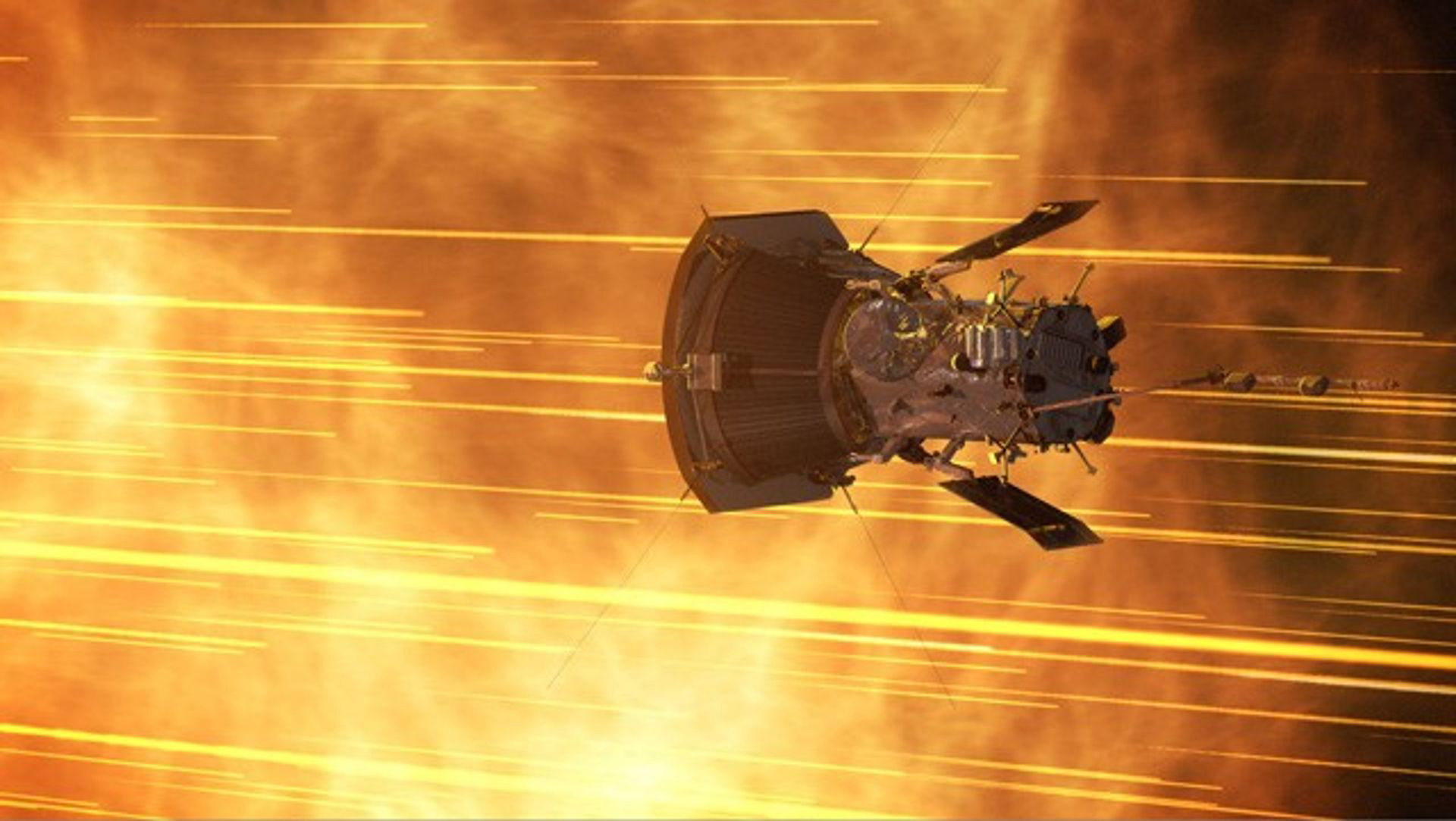 Illustration of the Parker Solar Probe flyby of the Sun.
Illustration of the Parker Solar Probe flyby of the Sun.
Solar astronomers at the University of Arizona are celebrating a milestone moment for one of NASA’s biggest missions of the decade.
NASA launched the Parker Solar Probe in 2018 into an orbit that will bring it to within 4 million miles from Earth’s nearest star during the next few weeks. The spacecraft has already withstood temperatures of 26-hundred degrees Fahrenheit on previous flybys and became the first man-made object to penetrate the Sun’s atmosphere.
University of Arizona astrophysicist Joe Giacalone is among the researchers using instruments aboard the robotic explorer to collect data about the Sun. He says it generated new questions and created new puzzles to solve.
"It wasn't like ‘…aha now we know.’ It's not like that. It's like we discovered something we'd never seen before and what does that tell us about how the solar corona was heated or how the solar wind was formed and how energetic particles are created,” said Giacalone.
The Parker Solar Probe’s instruments are measuring the sudden bursts of energy that flow from the Sun as well as the constant particles called the solar wind. The data collectors are protected by a heat shield that keeps the interior of the spacecraft close to room temperature.

By submitting your comments, you hereby give AZPM the right to post your comments and potentially use them in any other form of media operated by this institution.